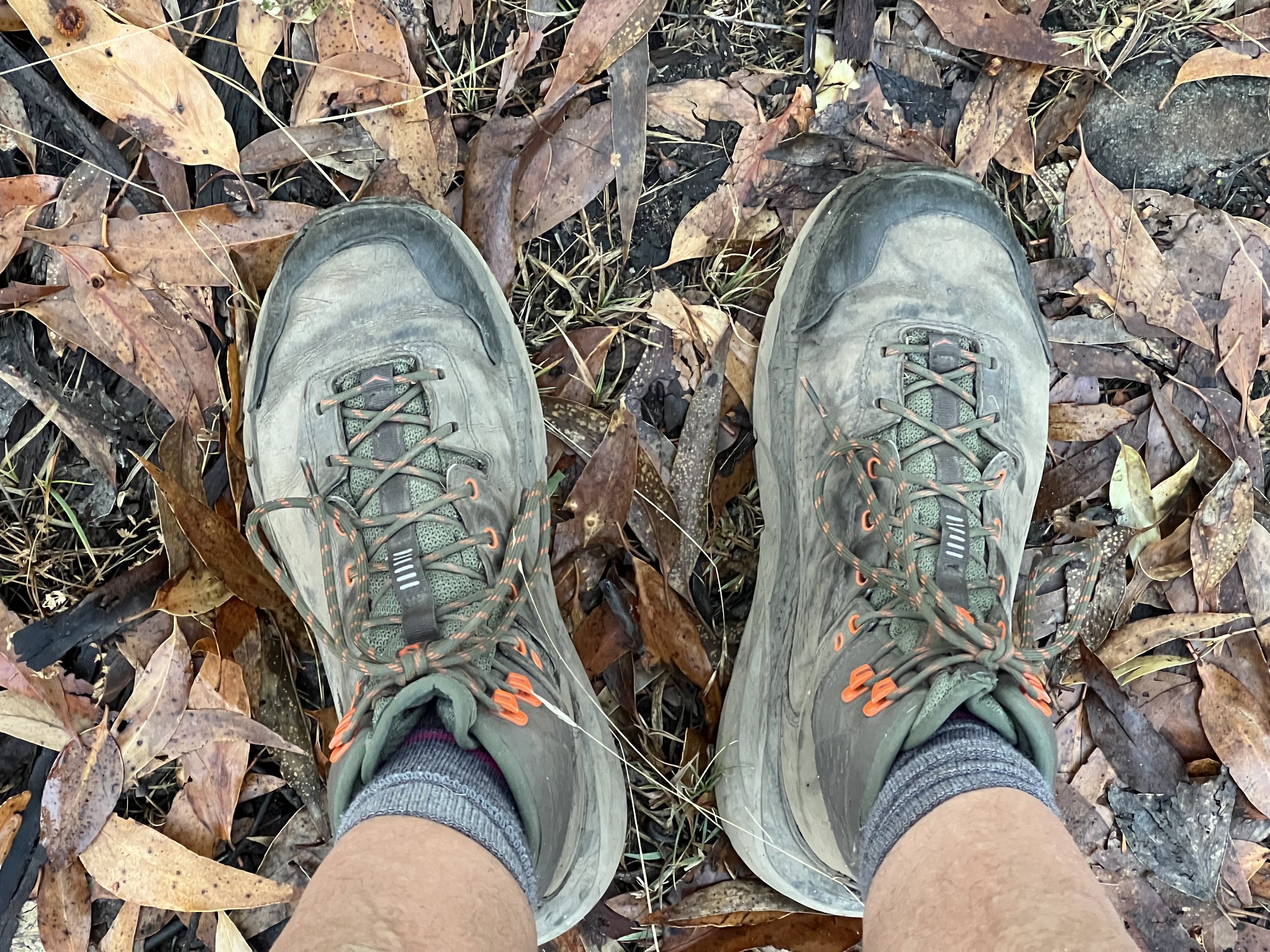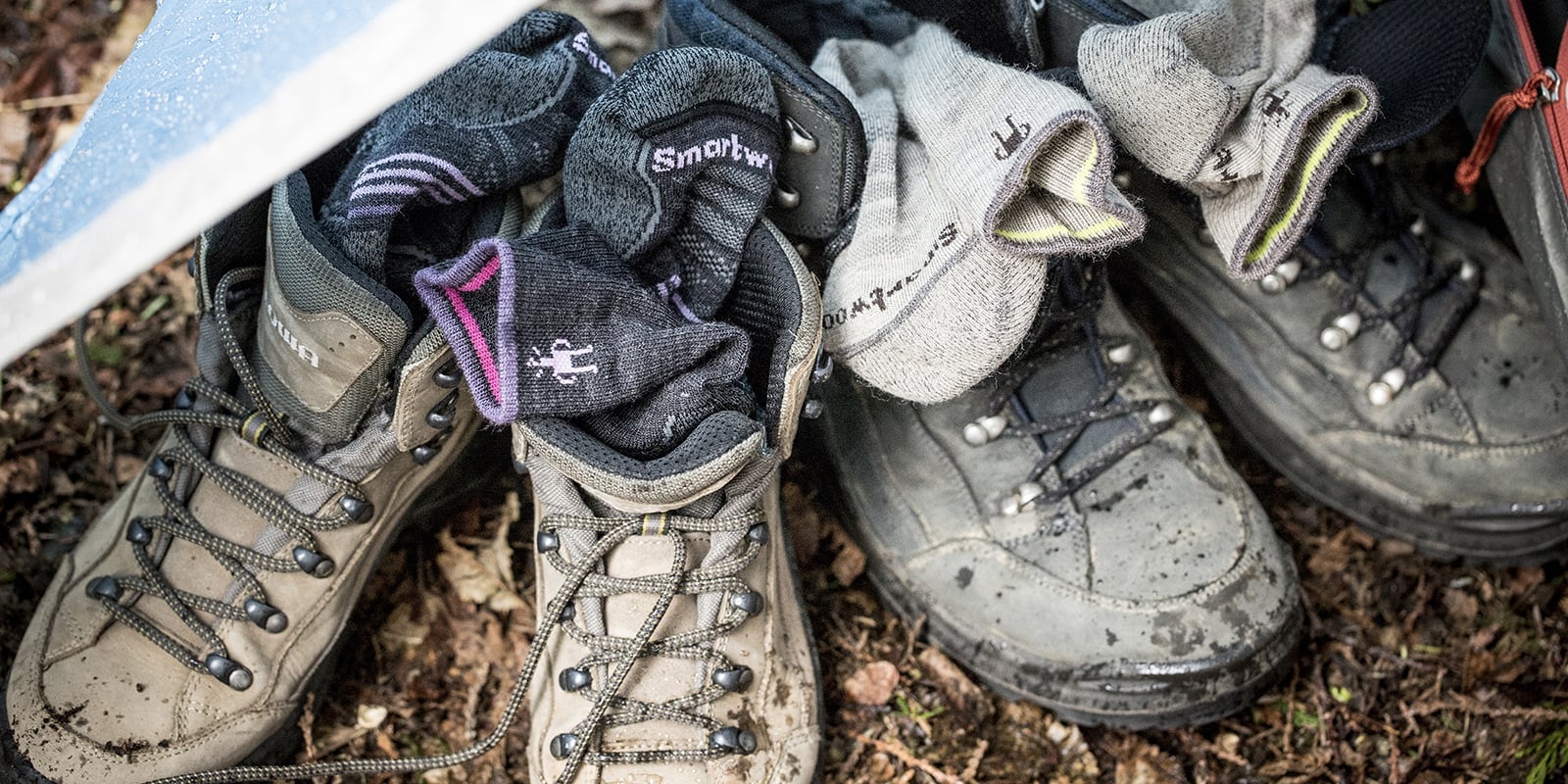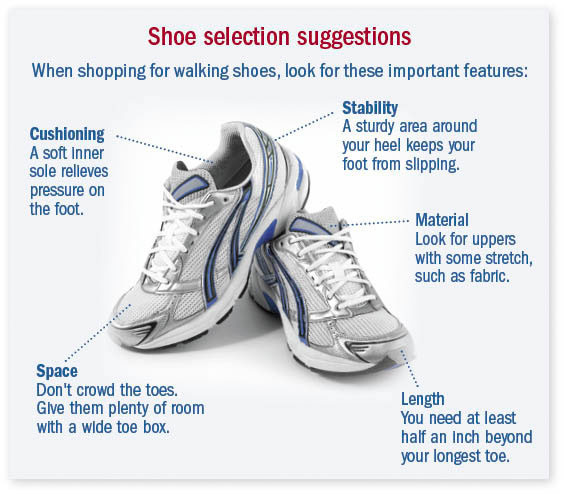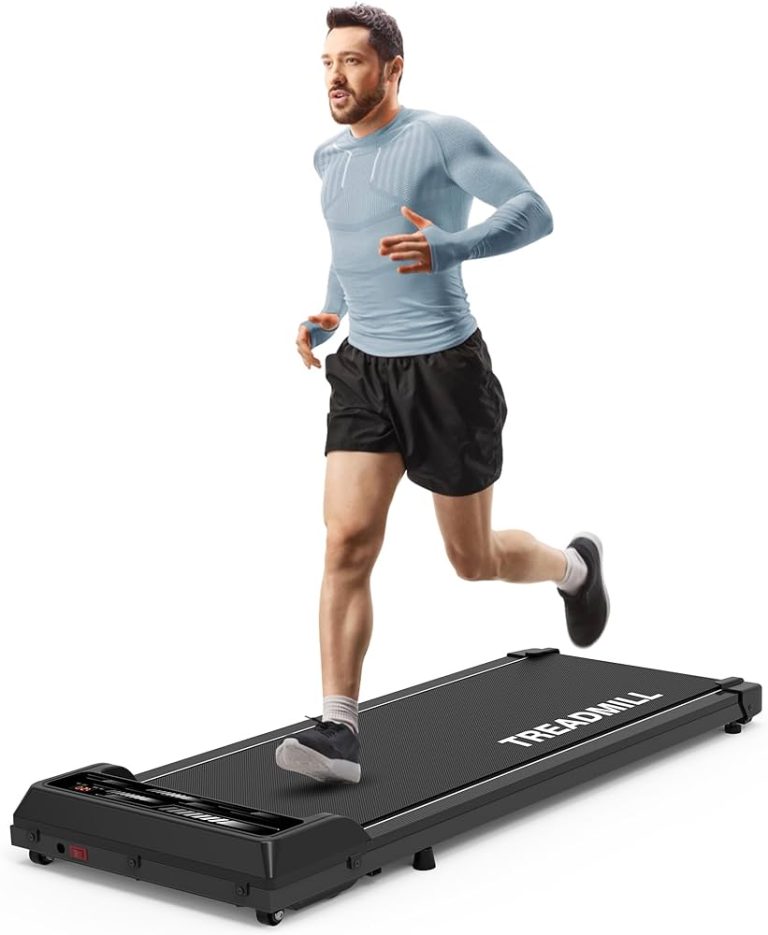What to Look for When Buying Walking Boots : Essential Tips for Choosing the Perfect Pair
When buying walking boots, look for proper fit, durability, support, and waterproofing. These features ensure comfort and long-lasting performance on various terrains.
Choosing the right walking boots can make or break your outdoor adventures. Whether you enjoy leisurely strolls or challenging hikes, having the right footwear is essential for your comfort and safety. To help you make an informed decision, this guide will outline key factors to consider when purchasing walking boots.
By understanding what to look for, you can enhance your experience and make the most of your time exploring the great outdoors. Let’s dive into the essential features that will help you find the perfect pair of walking boots for your needs.

Credit: caminoways.com
Consider The Fit
When it comes to buying walking boots, considering the fit is crucial. Ill-fitting boots can result in discomfort, blisters, and even injuries. To ensure you find the perfect pair, there are a few key factors to keep in mind. In this article, we will explore the importance of foot size and shape, toe box width, and heel support. By paying attention to these aspects, you can find walking boots that provide optimal comfort and support for your outdoor adventures.
Foot Size And Shape
One of the first things to consider when buying walking boots is the size and shape of your feet. Each person’s feet are unique, and finding boots that match your size and shape is essential for a comfortable fit. Measure your feet before purchasing boots to determine your shoe size accurately. Keep in mind that your feet might have different dimensions – one foot might be slightly larger than the other. Choose boots that accommodate the larger foot to avoid discomfort.
Toe Box Width
The toe box width is another critical factor to consider. The toe box is the front part of the shoe that houses your toes. It should provide enough space for your toes to move comfortably, preventing cramped and squeezed positions. When trying on boots, wiggle your toes inside the toe box to ensure there is adequate room. A narrow or tight toe box can cause blisters, corns, and overall discomfort during long walks or hikes.
Heel Support
Proper heel support is vital for stability and preventing injuries. Your walking boots should securely hold your heel in place to avoid unnecessary slipping or rubbing. Look for boots with a firm heel counter that provides support and prevents excessive movement. When trying on boots, pay attention to how well your heel is secured. Additionally, check that there are no pressure points or rubbing against the back of your ankle, as this can lead to painful blisters.
By considering the fit of your walking boots, specifically the size and shape of your feet, the width of the toe box, and the level of heel support, you can ensure that your footwear provides both comfort and stability. Taking the time to find the right fit will enhance your walking experience and make your outdoor adventures more enjoyable.

Credit: slowerhiking.com
Evaluate The Material
Evaluate the material of walking boots before making a purchase decision.
Water Resistance
Opt for walking boots that offer high water resistance to keep your feet dry in wet conditions.
Breathability
Choose boots with excellent breathability to prevent sweat build-up and ensure comfort during walks.
Durability
Prioritize durable materials such as leather or synthetic fabrics to ensure long-lasting performance.
Check The Traction
When it comes to buying walking boots, one of the crucial factors to consider is the traction. The outsole grip and stability are essential components that ensure you have a secure and comfortable walking experience. Checking the traction of walking boots is a vital step in making a well-informed purchase decision.
Outsole Grip
The outsole grip of walking boots determines the traction you’ll have on various terrains. Look for deep lugs and a multi-directional tread pattern to provide superior grip on uneven surfaces such as mud, gravel, and rocky paths. A good outsole grip will enhance your stability and prevent slipping, especially in wet or slippery conditions.
Stability
Stability is crucial when it comes to walking for long distances or hiking on challenging trails. The design of the outsole and the materials used play a significant role in providing stability. Opt for walking boots with heel brake ledges and shank plates to improve stability and support your feet, especially on steep slopes or uneven terrain.

Credit: www.rei.com
Consider Comfort And Support
When purchasing walking boots, it’s important to consider both comfort and support. These factors play a significant role in ensuring an enjoyable and injury-free hiking experience. Look for boots with cushioning and a sturdy sole to provide the necessary comfort and stability on different terrains.
When it comes to buying walking boots, comfort and support are two crucial factors to consider. After all, you want your feet to stay comfortable and well-supported during those long walks or hikes. To ensure you find the perfect pair, pay attention to three important elements: cushioning, arch support, and ankle support.Cushioning
One of the key aspects of a comfortable walking boot is ample cushioning. Look for boots that offer sufficient padding to absorb the impact as you walk, reducing stress on your feet and joints. Adequate cushioning not only improves comfort but also helps prevent foot fatigue and blisters. When trying on different boots, pay attention to the level of cushioning in the insoles and midsoles to determine if they provide the support your feet need.Arch Support
The arch of your foot plays a significant role in maintaining balance, stability, and overall foot health. That’s why it’s important to find walking boots that offer proper arch support. Look for boots with built-in arch support or consider using orthotic inserts for extra support. Adequate arch support helps distribute your body weight evenly, reducing strain on your feet, knees, and back. It also helps alleviate conditions such as plantar fasciitis or flat feet, promoting a more comfortable and pain-free walking experience.Ankle Support
For those who enjoy rough terrains or steep trails, ankle support becomes essential. Walking boots with good ankle support help prevent ankle sprains and provide stability on uneven surfaces. Look for boots with a high-cut design that wraps around your ankle, providing a snug fit and preventing excessive movement. The boot should also have a sturdy heel counter that keeps your ankle in place. Whether you’re crossing rocky paths or navigating through a forest, ankle support will keep you confident and reduce the risk of injury. Remember, investing in quality walking boots that prioritize comfort and support is a smart decision. Your feet deserve the best protection during your hiking adventures. By considering cushioning, arch support, and ankle support, you can find a pair of walking boots that will keep you comfortable and supported on all your walking endeavors.Frequently Asked Questions Of What To Look For When Buying Walking Boots
How Do I Choose Walking Boots?
To choose walking boots, consider your walking terrain, foot shape, support level needed, material durability, and waterproofing.
What Is The Difference Between A Walking Boot And A Hiking Boot?
A walking boot is designed for rehabilitation or injury recovery, providing support and stability. A hiking boot is built for outdoor trekking, with rugged soles and ankle support.
How Do You Look Good In A Walking Boot?
To look good in a walking boot, choose stylish options, match with outfits, ensure proper fit, add accessories, and walk confidently.
Do You Need To Buy A Size Bigger In Walking Boots?
No, you don’t need to buy a size bigger in walking boots. It’s best to stick to your usual size for a comfortable fit. Keep in mind different brands might have varying sizing, so it’s wise to try them on before purchasing.
Conclusion
Finding the perfect walking boots is crucial for comfort and support. Consider fit, material, durability, and traction. Your footwear should match your hiking terrain and personal preferences. Remember, quality matters more than price. Choose wisely for an enjoyable walking experience.
Prioritize both style and functionality in your selection.






